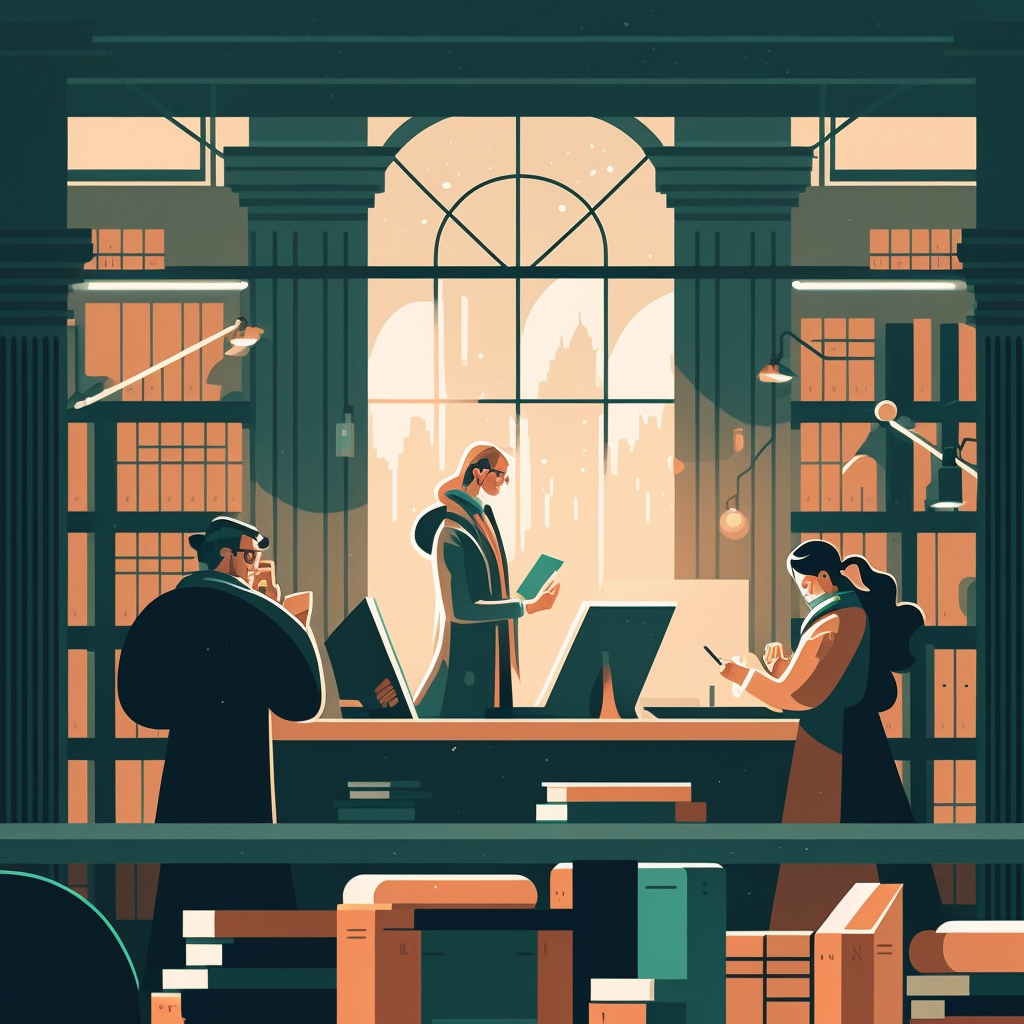Writing Flashback in Literature
by Mary Kole | Former literary agent, now a freelance editor, writing teacher, and IP/story developer for major publishers and creators.
Flashback in literature is a powerful tool to introduce elements of character backstory and to define character objective and character need. A Good Story Learning member recently posed the following question about incorporating flashbacks in literature:
Despite having heard from several sources that flashbacks are a strict no-no in the writing world, some gatekeepers have subtly expressed an openness to the idea. If done in a way that still keeps the narrative progressing, do you believe flashback in literature can work successfully?
Crafting Compelling Flashback in Literature
As the member has gathered, flashback in literature is … back! I’m not sure it ever went anywhere, but there is a lot of chatter online about not using this technique. Why not? It tends to be overused and, to be honest, most flashback in literature is not very well executed. Maybe agents and publishers are hoping to avoid bad instances of flashback in literature by giving out this advice.
Flashback in literature does indeed have a bad reputation because it is often misused or written without finesse. Yet, if the tool of a flashback is skilfully incorporated at the perfect time, it can successfully add background and context to the current scene without slowing down the action or loading the reader with excessive information. The best flashback in literature is quick, tight, and to the point, giving readers more context about a character (especially a dead character or someone who is otherwise unavailable, so readers can “meet” them in scene and on the page, even if it’s in a memory).
Don't forget that fiction writing usually involves a balance of action and information. Using flashback in literature can take readers away from the present moment and introduce them to new facets of the protagonist and story. This, however, may bring the pacing to a halt and so it's essential to keep flashbacks brief.
Moreover, each flashback should be relevant to the current situation—if your protagonist is in conflict with their dad, you may want to include a flashback that illuminates the connection between the two, and this can serve as an interesting counterpoint to the present. But, let's not get carried away and weave together a string of five memories, plus one about the mother, all in a row—that's too much!
Choosing Information for Flashback in Literature
Not only does the length and style of flashback in literature matter, but the information contained therein is crucial to consider. The flashback should add something to our understanding of the current situation, evoke sympathy for the character or characters involved, or help us comprehend the world of the story (especially when you’re writing fantasy elements that have been shaped over time) or give insight into a historical period (e.g. provide contrast between the lavishness of the Roaring ‘20s and the despair of the Great Depression).
Instead of dragging the reader through too many flashbacks, you should use them sparingly and intentionally, so much so that the reader may not even realize how many flashbacks you've used to drive the story forward.
Make sure to transition very clearly in and out of the flashback in literature, too. If you’re using present tense, you can do your flashback in past tense. If you’re in past tense, you need to be very clear that you are jumping back further in time.
A word of warning about your novel opening: avoid flashbacks and long bits of backstory in your first one or two chapters. Include only the context that readers desperately need to understand the present action. Using flashback in literature to constantly interrupt your narrative will keep the reader from engaging. Employ a delicate approach to flashback in literature and incorporate this element wisely—flashbacks can be a powerful creative writing tool if done well.
Elevate Your Storytelling
Wherever you are in your writing journey—from an initial outline to a draft to pitching your project—the experienced team at Good Story Editing can take your work to the next level.


